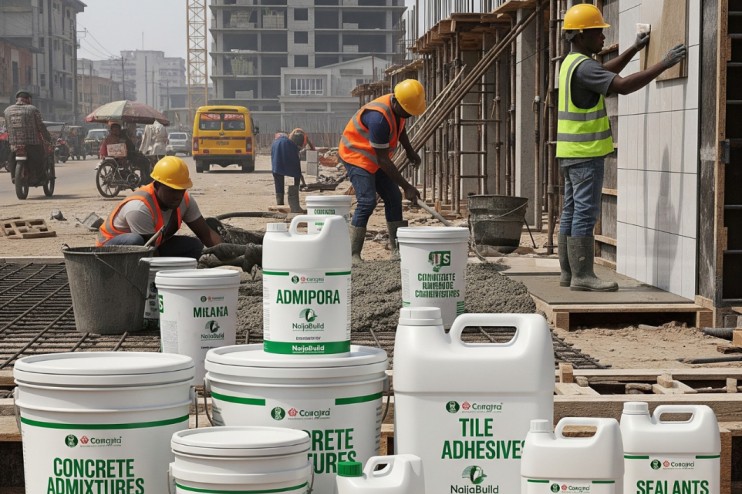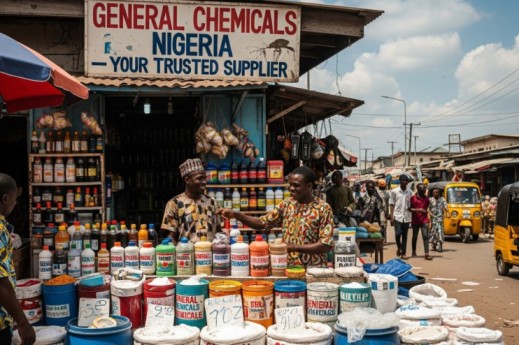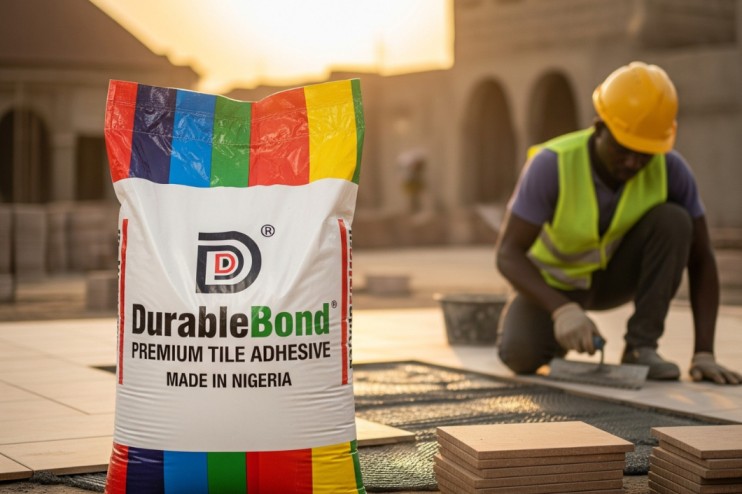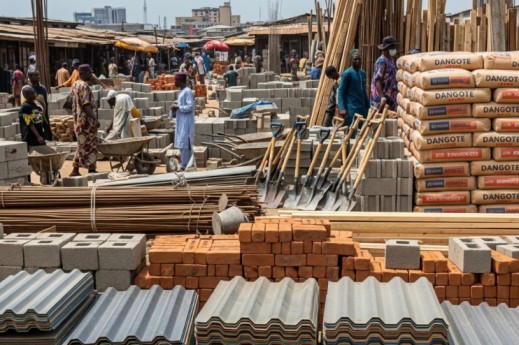The Role of Paints and Protective Coatings in Extending Material Life
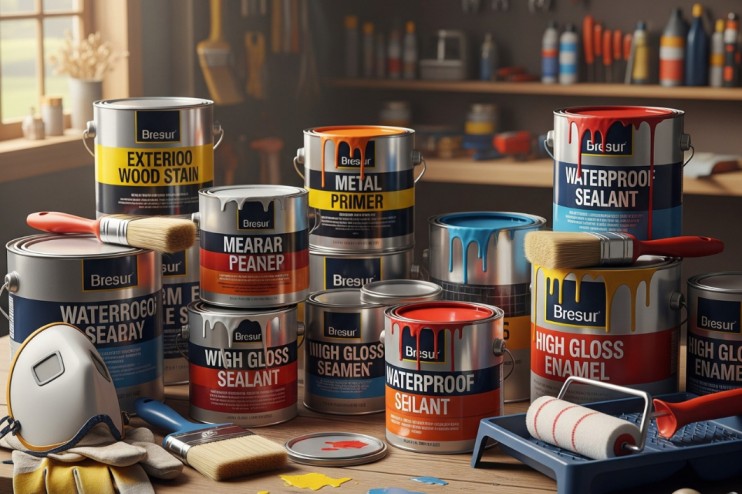
Paints and protective coatings do more than add color or shine—they protect materials, enhance safety, and improve durability. From residential homes to bridges, pipelines, and aircraft, coatings are critical to preserving structures.
In this guide, we’ll cover the types, benefits, applications, and future trends of paints and protective coatings—helping you choose the right solution for any surface.
Understanding Paints and Protective Coatings
Paints are pigmented liquids that dry into decorative and protective layers. Protective coatings, however, are engineered for harsh conditions, providing resistance to corrosion, chemicals, weather, or fire.
Key difference: All paints protect, but not all coatings are decorative.
Why Paints and Protective Coatings Are Essential
- Aesthetic Value: Transform dull surfaces into attractive finishes.
- Corrosion Resistance: Vital for metal structures and harsh industries.
- Weather Protection: Shield against UV rays, humidity, and extreme climates.
- Safety Enhancements: Fire-resistant and anti-slip coatings improve safety.
Types of Paints and Protective Coatings
- Decorative Paints: For homes, offices, and interiors. Prioritize aesthetics and ease of use.
- Industrial Coatings: Designed for factories, marine, and refineries. Withstand chemicals, abrasion, and mechanical stress.
- Fire-Resistant Coatings: Expand under heat to protect structures during fires. Critical for public buildings and oil facilities.
- Anti-Corrosive Coatings: Prevent rust in pipelines, ships, and offshore rigs. Extend service life by decades.
How to Choose the Right Paint or Coating
- Surface Type: Wood, metal, concrete, or plastic.
- Environmental Conditions: Indoor vs. outdoor, marine vs. desert.
- Budget: Higher-quality coatings reduce long-term costs.
- Compliance: Some industries require certified products (e.g., ISO, ASTM).
Step-by-Step Application Guide
- Surface Preparation: Clean, sand, or blast for adhesion.
- Primer Layer: Prevents rust and improves bonding.
- Main Coating: Apply multiple coats for strength.
- Finishing Touches: Sealants or topcoats for extended performance.
Benefits of Proper Application
- Extends surface life by years or decades.
- Reduces costly repairs and downtime.
- Maintains structural integrity.
- Ensures safety compliance in industries.
Common Challenges & Solutions
- Peeling → Poor preparation → Clean thoroughly.
- Cracking → Low-quality products → Use certified coatings.
- Blistering → Moisture trapped → Apply in dry conditions.
Future Trends in Paints and Protective Coatings
- Eco-Friendly Coatings: Water-based, low-VOC, safer for health & environment.
- Smart Coatings: Temperature-sensitive or anti-bacterial surfaces.
- Nanotechnology: Ultra-thin, highly durable protection layers.
Conclusion
Paints and protective coatings are not just surface treatments—they’re investments in durability, safety, and sustainability. Whether refreshing a home interior or safeguarding industrial equipment, the right coating ensures long-lasting performance.



